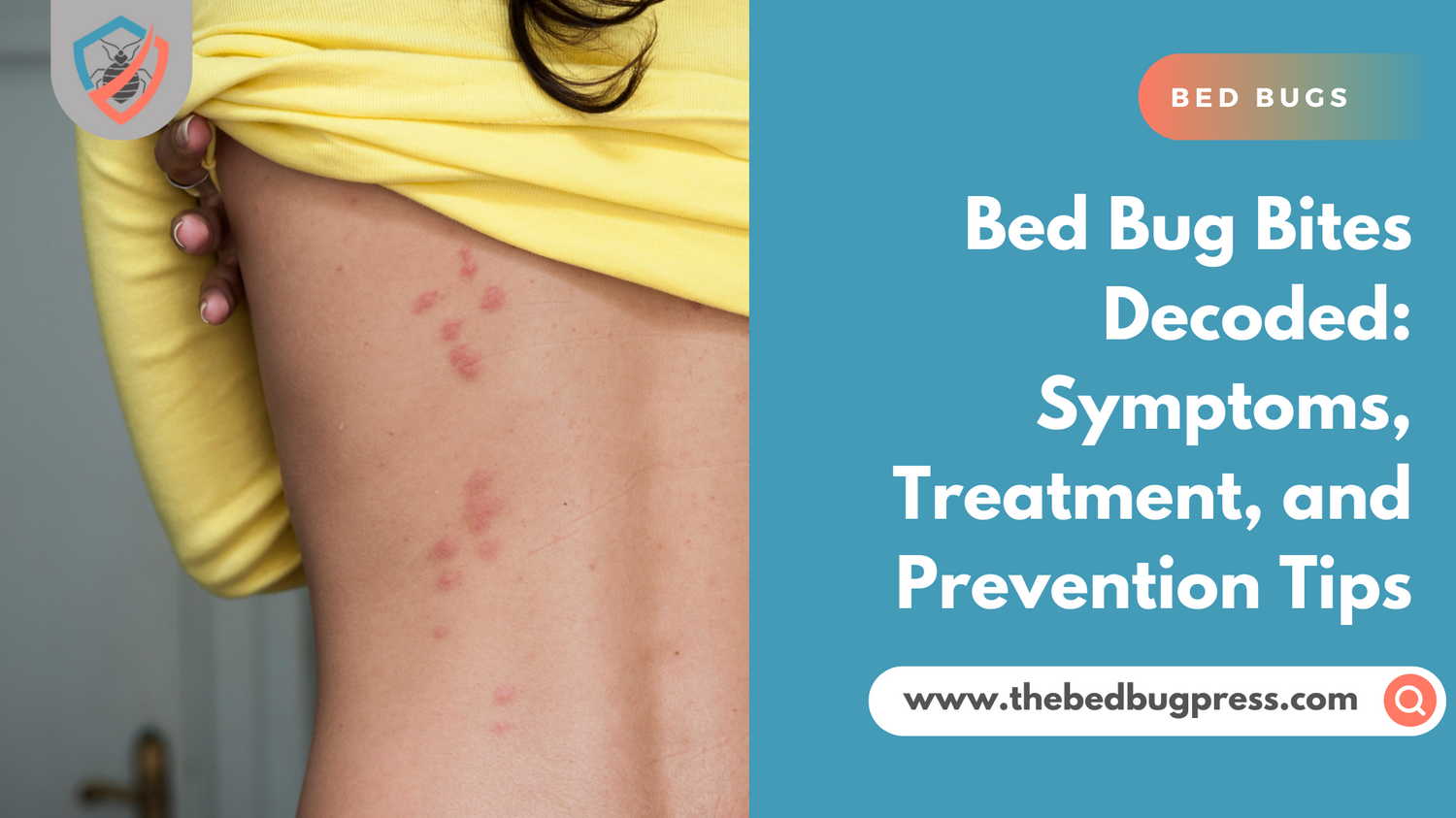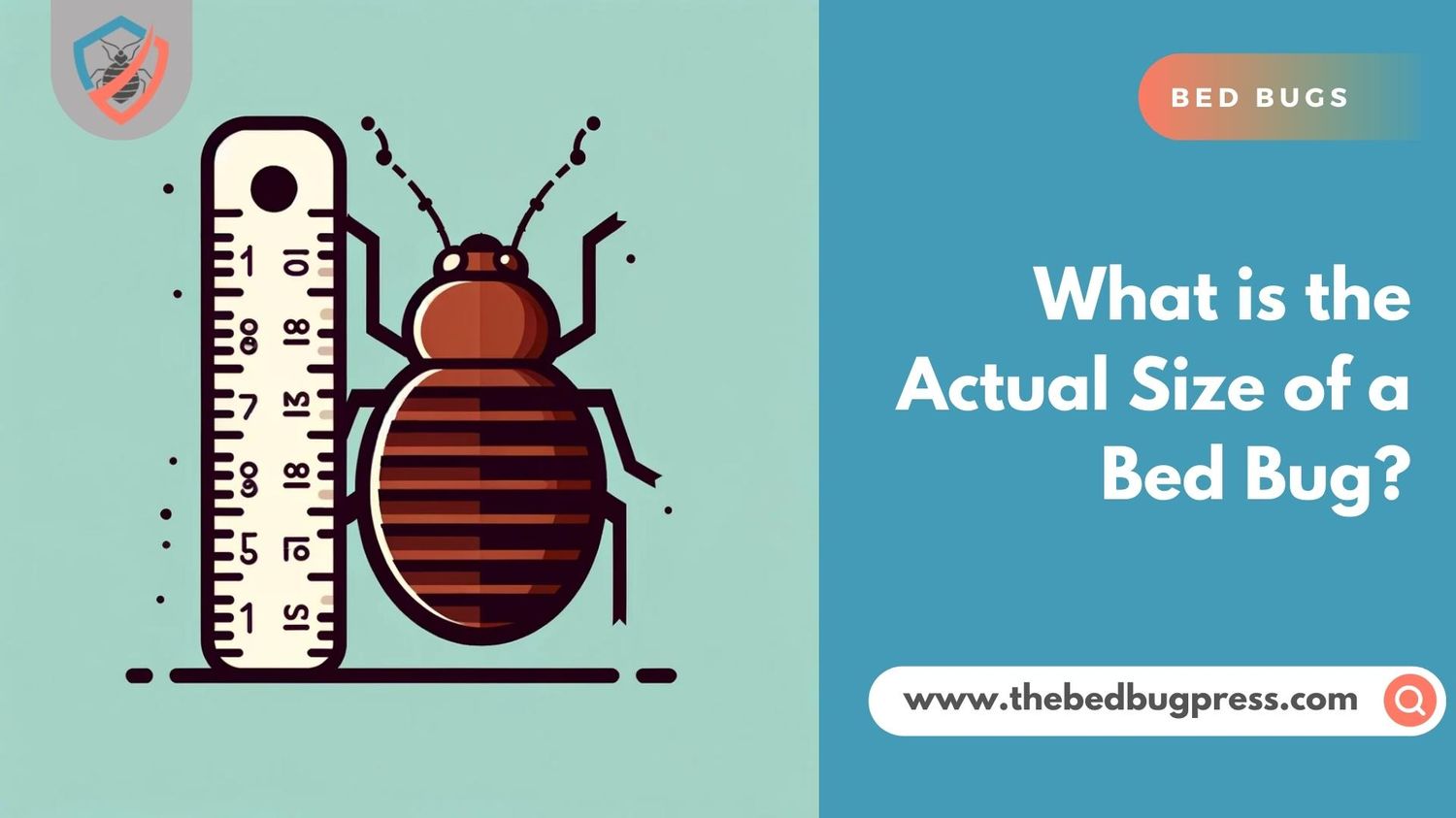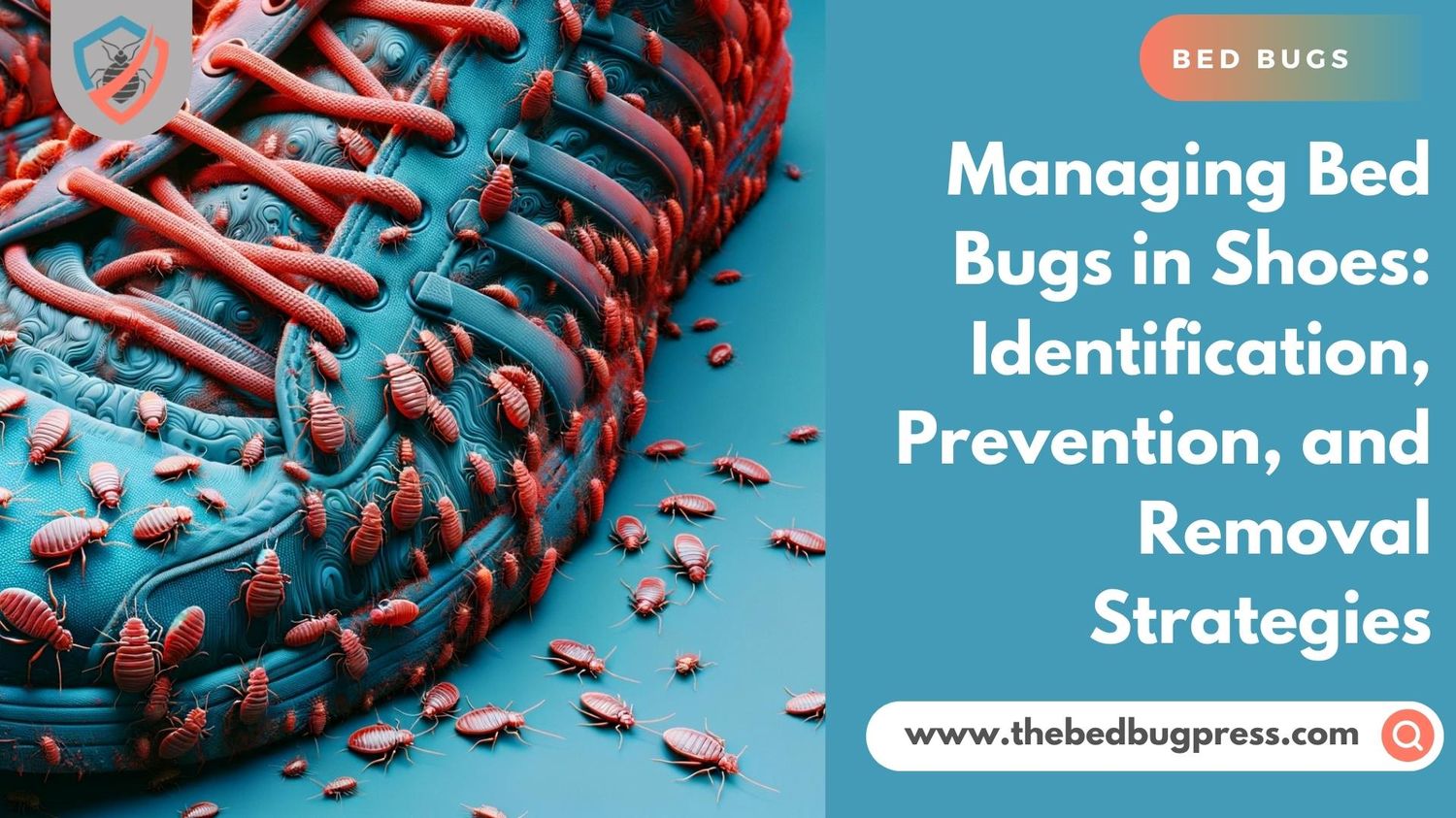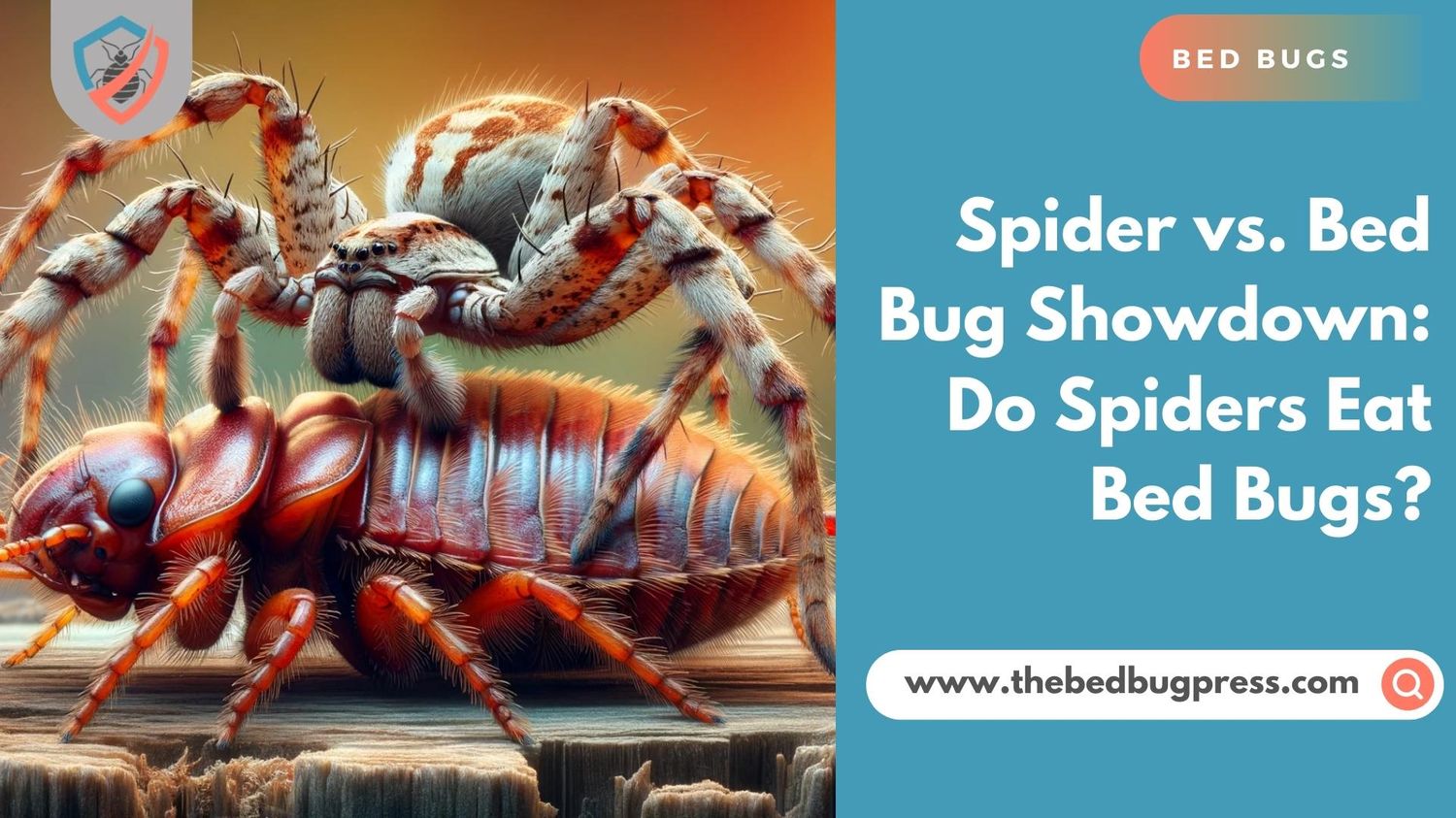Among the most effective treatments for getting rid of common insect pests is the use of diatomaceous earth. However, does diatomaceous earth kill bed bugs’ eggs?
If we are talking about bed bugs, the answer is yes. Diatomaceous earth kills bed bugs effectively. Bed bugs have a small chance of survival. However, when it comes to bed bug eggs, the answer is no.
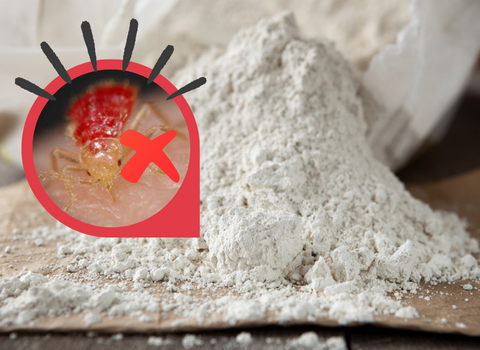
The bed bug powder has no direct effect on the eggs as the bugs are still protected by the shell and the powder will not seep through the shell. However, it will take effect as soon as it hatches.
Since the nymphs will start crawling around, they will get into contact with the powder and this is when the magic starts to happen. Diatomaceous earth de will cause the nymphs to die like crazy.
What is Diatomaceous Earth and Does It Kill Bed Bugs
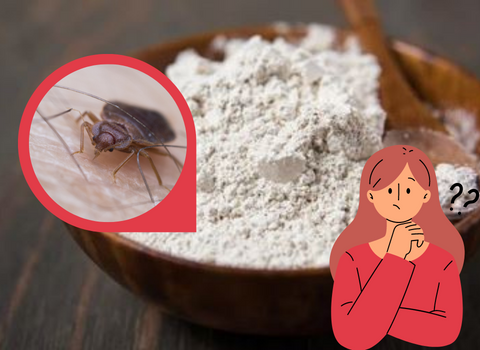
Diatomaceous earth (DE) is a naturally occurring sedimentary rock made from fossilized remains of microscopic aquatic organisms known as diatoms. It’s composed of over 80% silica and other minerals, including iron, magnesium, calcium, sodium, and sulfur. DE has been used for centuries as an insecticide and pest repellent due to its abrasive texture which causes insects to dehydrate and die upon contact.
DE or diatomaceous earth is an off-white colored silicon dioxide-rich powder that is made from fossilized remains of aquatic organisms that are called diatoms. These diatoms died millions of years ago and left their tiny shells behind.
Make sure that you use food-grade diatomaceous earth and apply it properly to be effective. It is also important to note that it may take several days or even weeks for the diatomaceous earth to completely eliminate an infestation.
It is also important to vacuum the area to remove dead bugs and eggs before and after treatment. It is also important to use other methods of bed bug control such as heat treatment, pesticides, or fumigation in conjunction with diatomaceous earth for a more comprehensive treatment.
Does Diatomaceous Earth Kill Bed Bug Eggs?
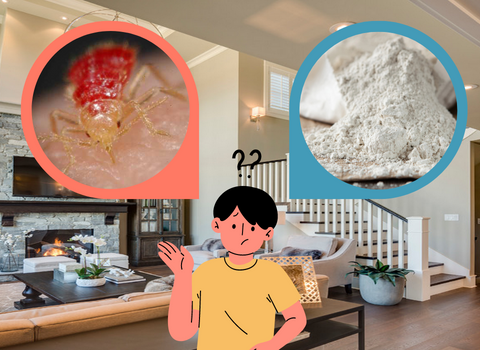
No. The powder does not have any effect on the shell of the bed bug eggs until it hatches. The bed bug egg shells are also coated with a waxy layer. This layer is what prevents the water from evaporating from their bodies. The individual particles of diatomaceous earth are as fine as corn flour but are sharp and rough to bed bugs.
The fine powder particles absorb oils and moisture from insects’ exoskeletons, causing them to dry out and die within hours of contact—including hatched eggs! It’s important to note that DE must remain dry in order for it to be effective against bed bugs; if it becomes wet or dampened, its effectiveness will be reduced.
Does Diatomaceous Earth Powder Kill Bed Bug Eggs?
Using diatomaceous earth to kill bed bugs works effectively but it’s another story when it comes to using de when treating bed bug eggs. The powder does not have any effect on the eggshell until it hatches.
Their eggshell is also coated with a waxy layer. This layer is what prevents the water from evaporating from their bodies. The individual particles are as fine as corn flour but are sharp and rough, which scrapes the shell and exposes their bodies to dry out.
As their bodies are ripped open, they will slowly die as the moisture in their bodies leaves. For the newly hatched eggs to get killed using diatomaceous earth, you need to strategically apply de around your home.
Does Diatomaceous Earth Kill Bed Bug Nymphs?
Yes, diatomaceous earth can be an effective method of killing bed bug nymphs. The tiny sharp particles in diatomaceous earth can dehydrate bed bug nymphs and their eggs by penetrating their exoskeletons.
But it’s important to use food-grade diatomaceous earth and apply it correctly to achieve the best results. It may take several days or even weeks to completely eliminate an infestation, and it should be used in combination with other bed bug control methods like heat treatment, pesticides, or fumigation for best results.
Proper Application of DE to Kill Bed Bug Eggs

Applying diatomaceous earth in the right places is the most crucial part to kill the bugs as soon as they come out of their shells. The following are things that you should do to get rid of bed bugs and their eggs using DE:
Identify the areas in your home where you suspect the eggs were hidden or where bed bugs may return to.
- When applying de through drawer cracks and crevices, alongside the molding, along windowsills, behind appliances, and door jams, always use the applicator.
- Make sure to remove electrical faceplates and use your powder applicator to puff DE right behind electrical outlets and switches.
- Cover mattresses and furniture with de, but make sure that you only put a thin layer on the surfaces. You can use your bare hands or use gloves to work the powder into the mattresses, carpeting, and furniture.
Though DE will take effect in killing bed bugs within a couple of hours, it may take a long time before all bugs are exposed to the powder. Always remember that only those that were exposed to the powder will die.
You will have to wait for the eggs to hatch before they get killed by the powder. It may take a few weeks for this to work. You can wipe off the powder, vacuum it up, and then replace it with fresh DE to make it work continuously.
As mentioned, it is best used alongside portable heat equipment. It is recommended that you heat-treat your infested belongings and then use DE to manage the bed bug infestation for the rest of your home.
How Long Does It Take for Diatomaceous Earth to Kill Bed Bugs’ Eggs?
The length of time it takes for diatomaceous earth to kill bed bug eggs can vary depending on a number of factors, including the size of the infestation and the method of application. Generally, it may take several days or even weeks for diatomaceous earth to completely eliminate an infestation of bed bugs.
Keep in mind that diatomaceous earth works by dehydrating the insects, which can take time. Additionally, diatomaceous earth should be applied to all areas where bed bugs are present, including cracks and crevices, and will need to be reapplied regularly until the infestation is eliminated.
It is also crucial to use other methods of bed bug control like heat treatment, pesticides, or fumigation in conjunction with diatomaceous earth for a more comprehensive treatment. It’s also important to vacuum the area to remove dead bugs and eggs before and after treatment.
Pros of Using Diatomaceous Earth to Kill Bed Bugs and Their Eggs
There are a lot of reasons why you should consider using DE to be included in your pest control treatments. Some of these reasons are the following:
Works effectively with heat methods
Unlike the use of insecticides, DE is safer to use along with heat equipment when heat-treating your belongings or an entire room or house. It is also safe to be used on any surface, which saves your furniture or other belongings from getting damaged.
All-natural
It is derived from diatoms that are made of silicon dioxide. This is safe to handle and is non-toxic. It is even used to deworm pets.
Mechanical barrier
It acts as a physical barrier to bugs, which means that they will be avoiding crawling through it.
Kills safely
DE is a desiccant and disrupts the exoskeletons of the bugs, which makes them prone to death by dehydration. It does not contain any pesticides or dangerous compounds, which makes it safe to be used around your home.
Slow acting but long-lasting
Though DE might take around 17 days to kill visible bugs, it is notable for its lasting and effective results.
Cons of Using Diatomaceous Earth to Kill Bed Bugs and Their Eggs
There are a few potential downsides to using diatomaceous earth to kill bed bugs and their eggs:
Ineffective application
If diatomaceous earth is not applied correctly or in sufficient quantities, it may not be effective in killing all of the bed bugs and their eggs.
Resistant Bed Bugs
Bed bugs have been known to develop resistance to diatomaceous earth over time.
Dust
Diatomaceous earth is a very fine powder that can be messy and difficult to clean up. It can also be harmful to inhale, so it is important to use protective gear when applying it.
Incomplete treatment
Diatomaceous earth may not be able to reach all the bed bugs and their eggs in hard-to-reach areas such as electrical outlets, wall voids, or inside furniture.
Reapplication
Diatomaceous earth will need to be reapplied regularly until the infestation is eliminated, which can be time-consuming and labor-intensive.
Long-term effects
Diatomaceous earth can also be harmful to other insects, like bees and butterflies if used in gardens or other outdoor areas.
Considering these cons when deciding is also important to know whether to use diatomaceous earth to control bed bugs, and to work with professional pest control companies that have experience in treating bed bugs.
Safety Precautions

When applying the powder around your home, it is highly recommended that you wear a dust mask because as dangerous as it is to bugs, it is also dangerous to your lungs when inhaled. Reduce the risk of accidentally inhaling the particles by making sure that you get the pesticide grade and not the pool grade. This type is safe as it does not have insecticides mixed in it.
DE is considered non-toxic to both kids and pets. However, it can be a health hazard when misused. To avoid this, you should explain to your kids what the powder is for and why you are using it. This way, they will avoid touching it.
You can also keep the bedroom or area where the powder is applied closed. This will keep them out of the room and avoid any health risks from happening.



